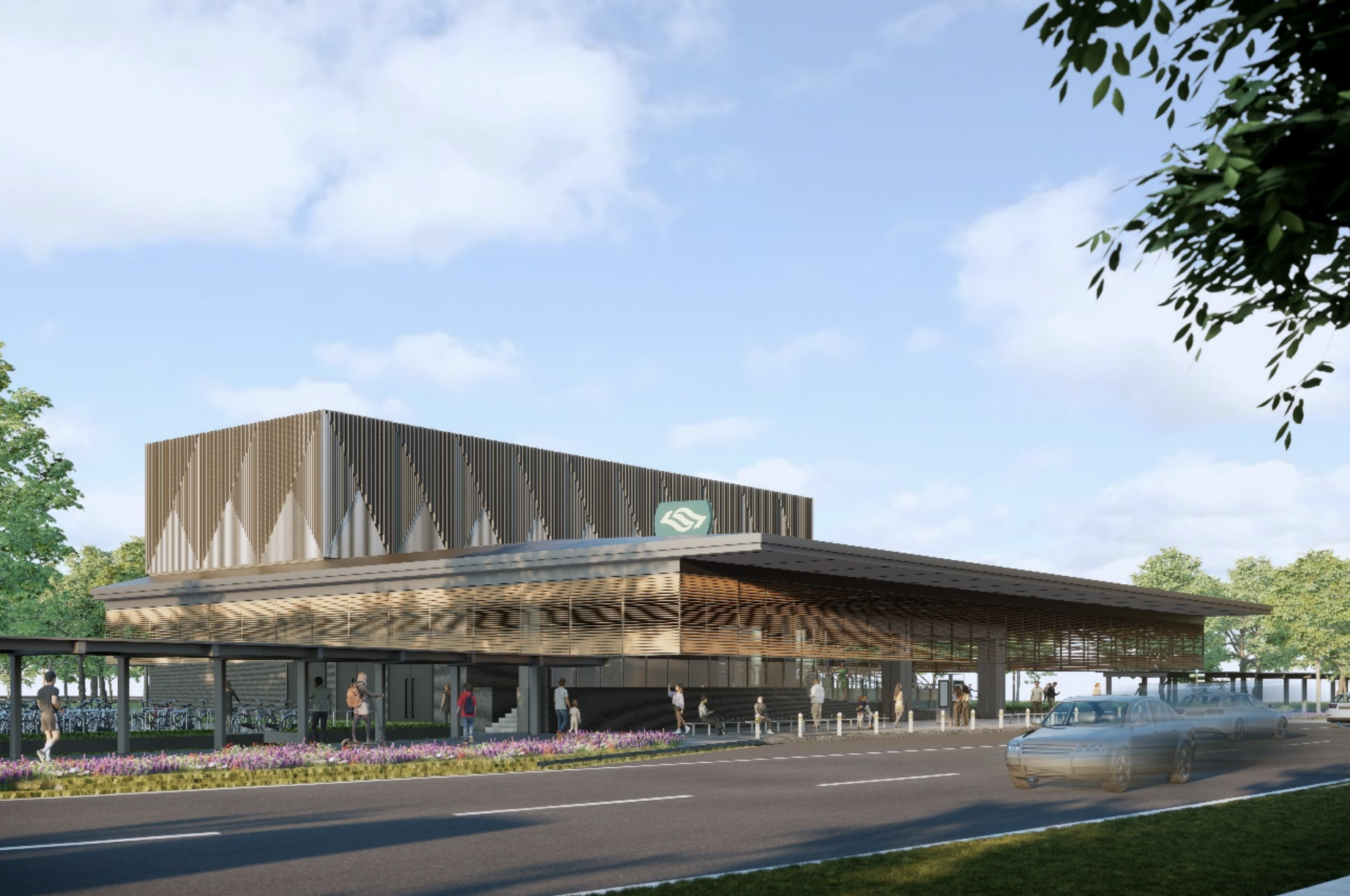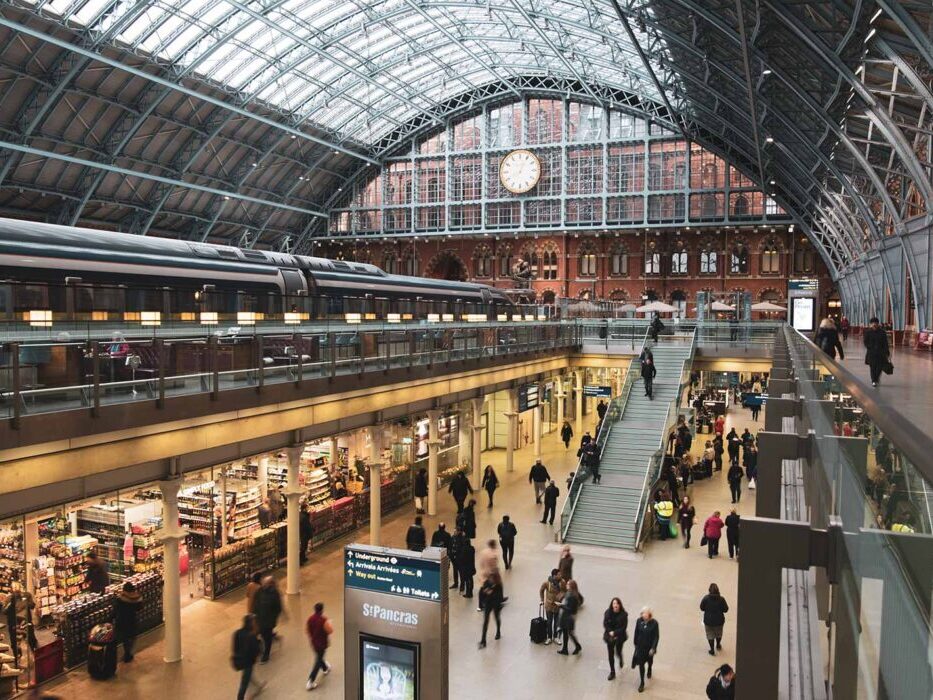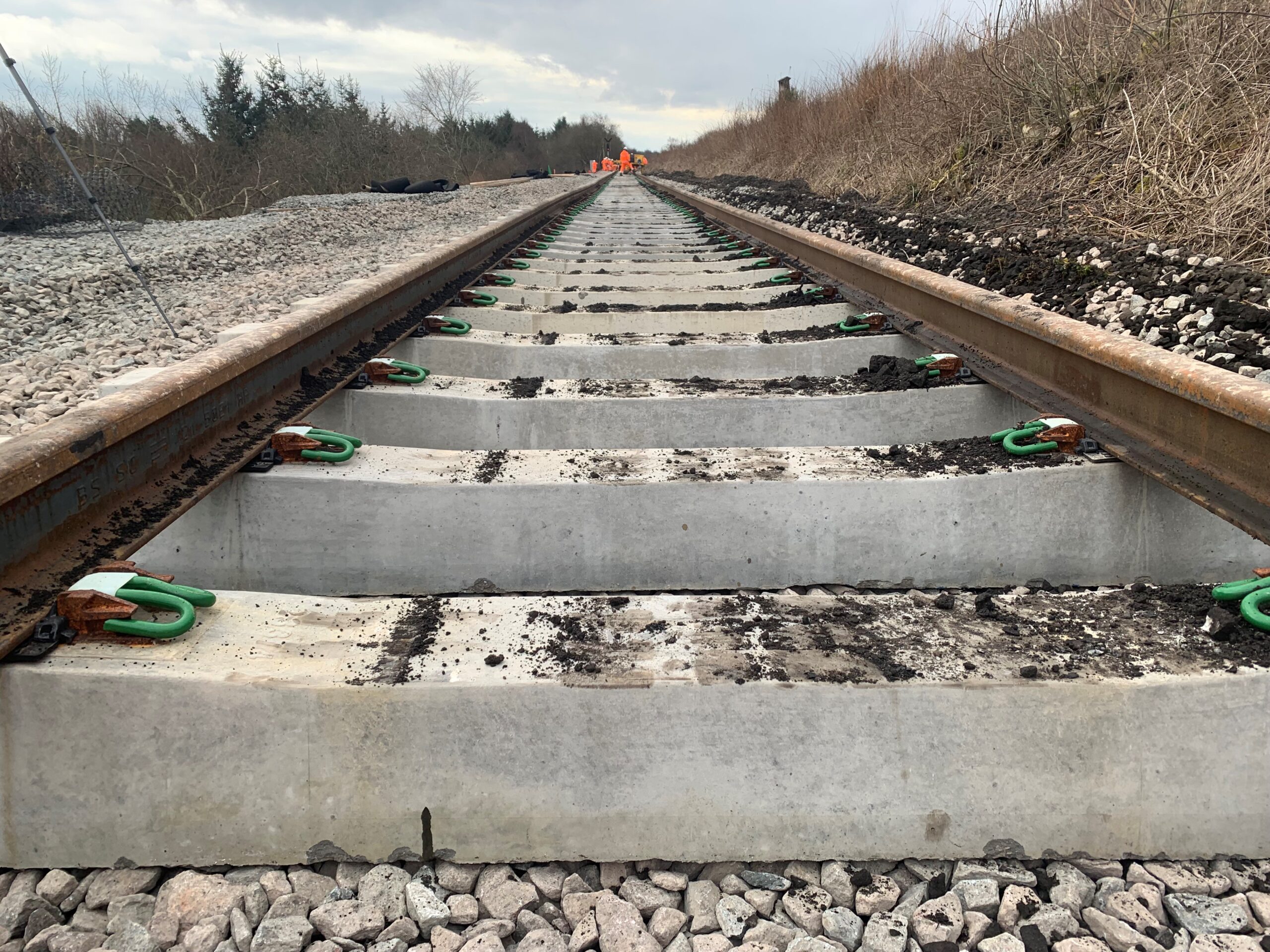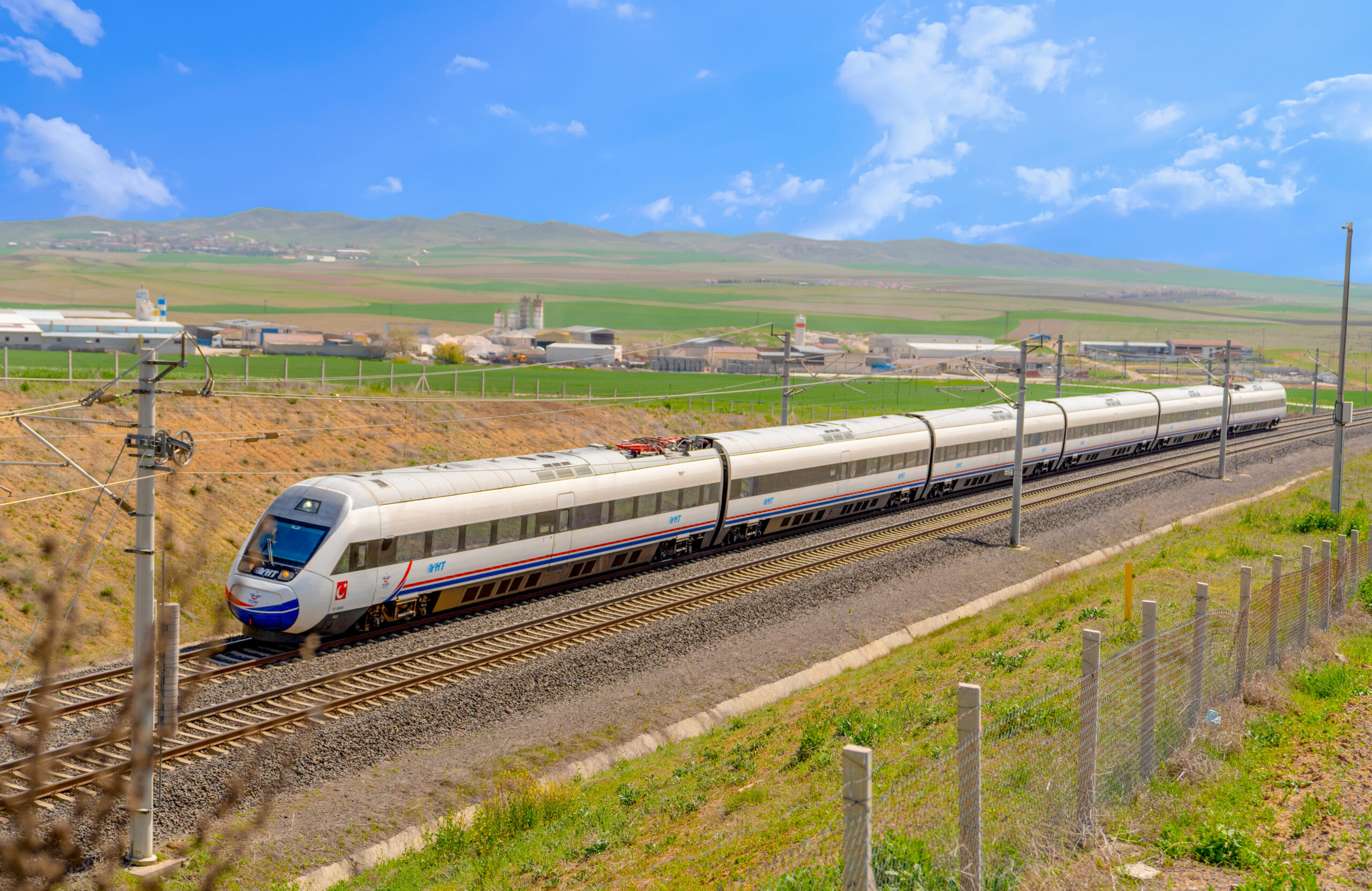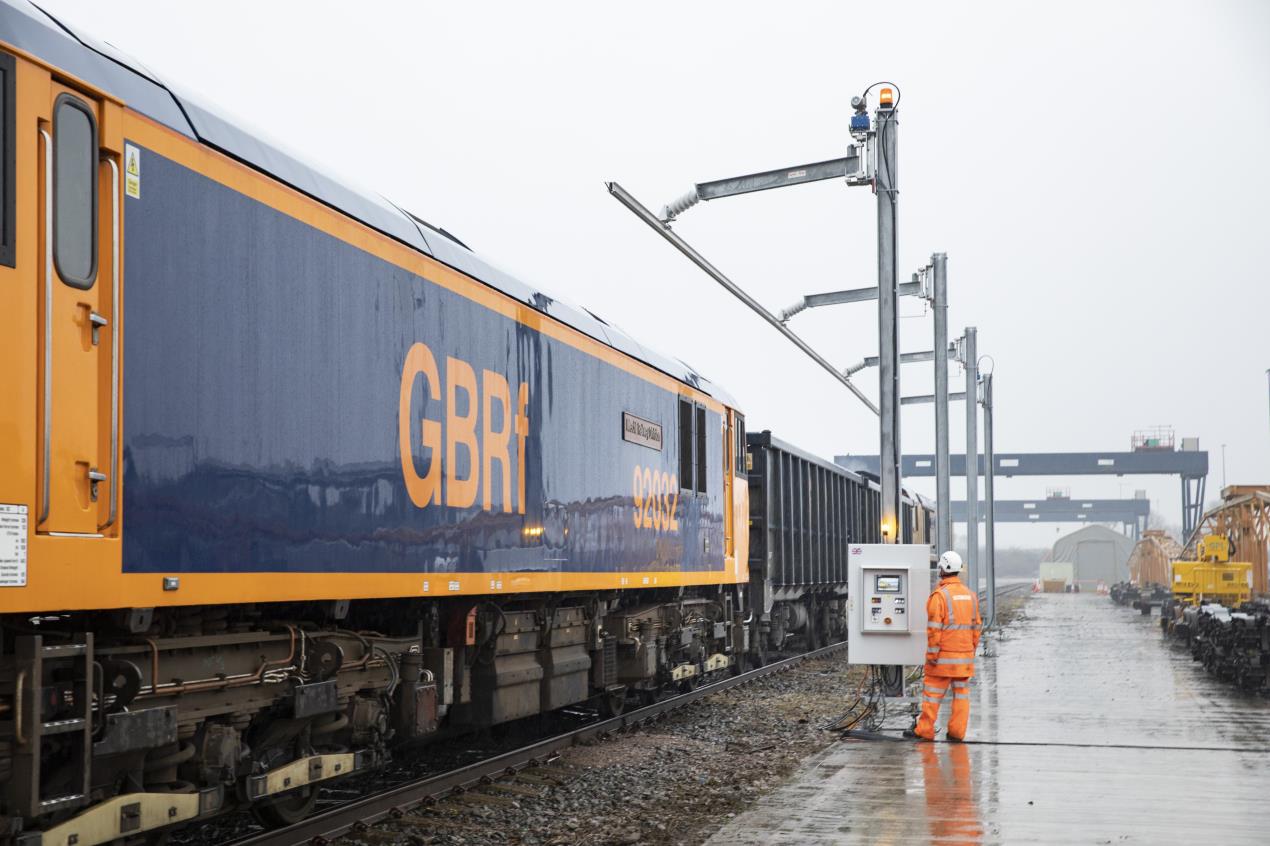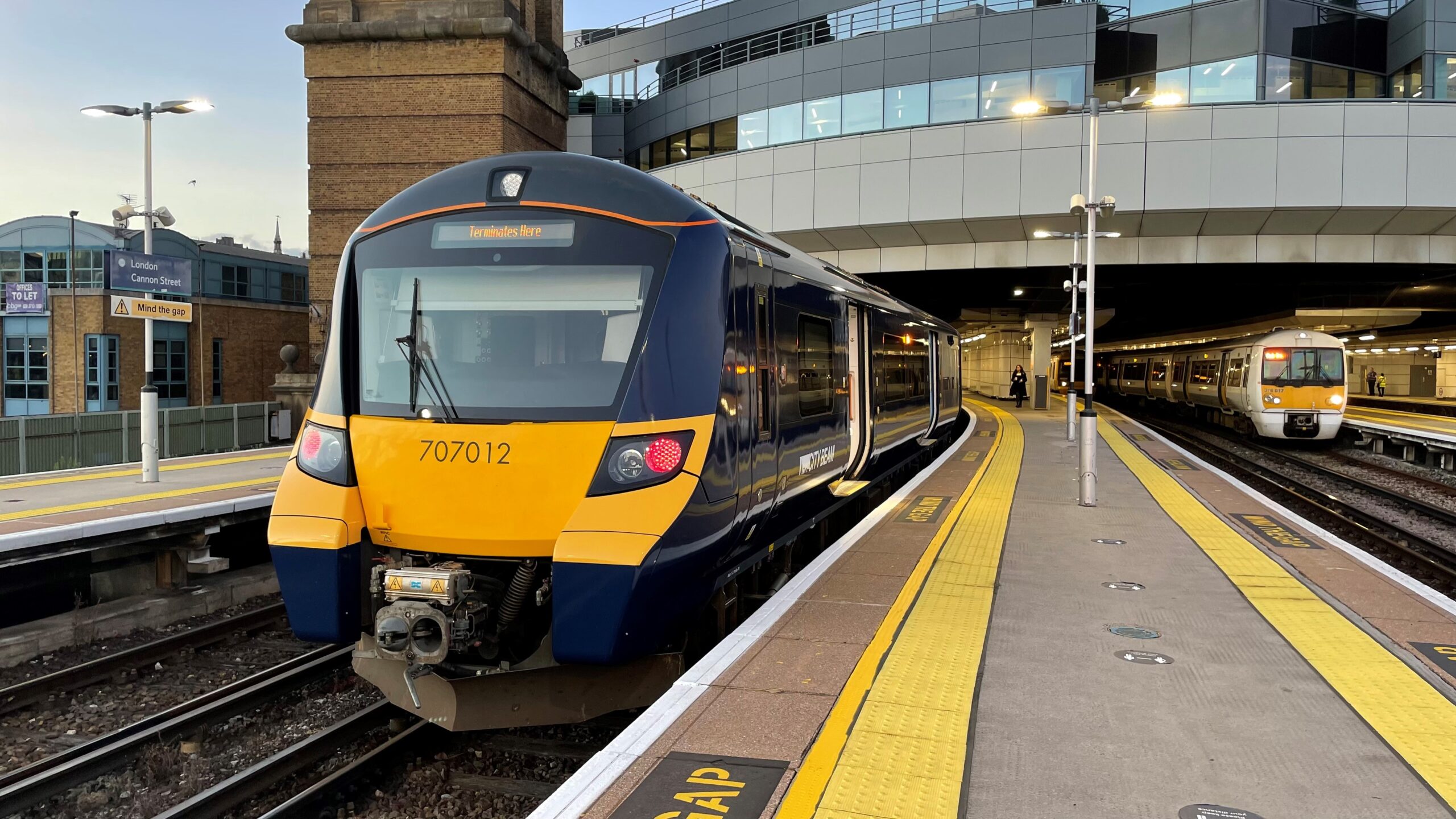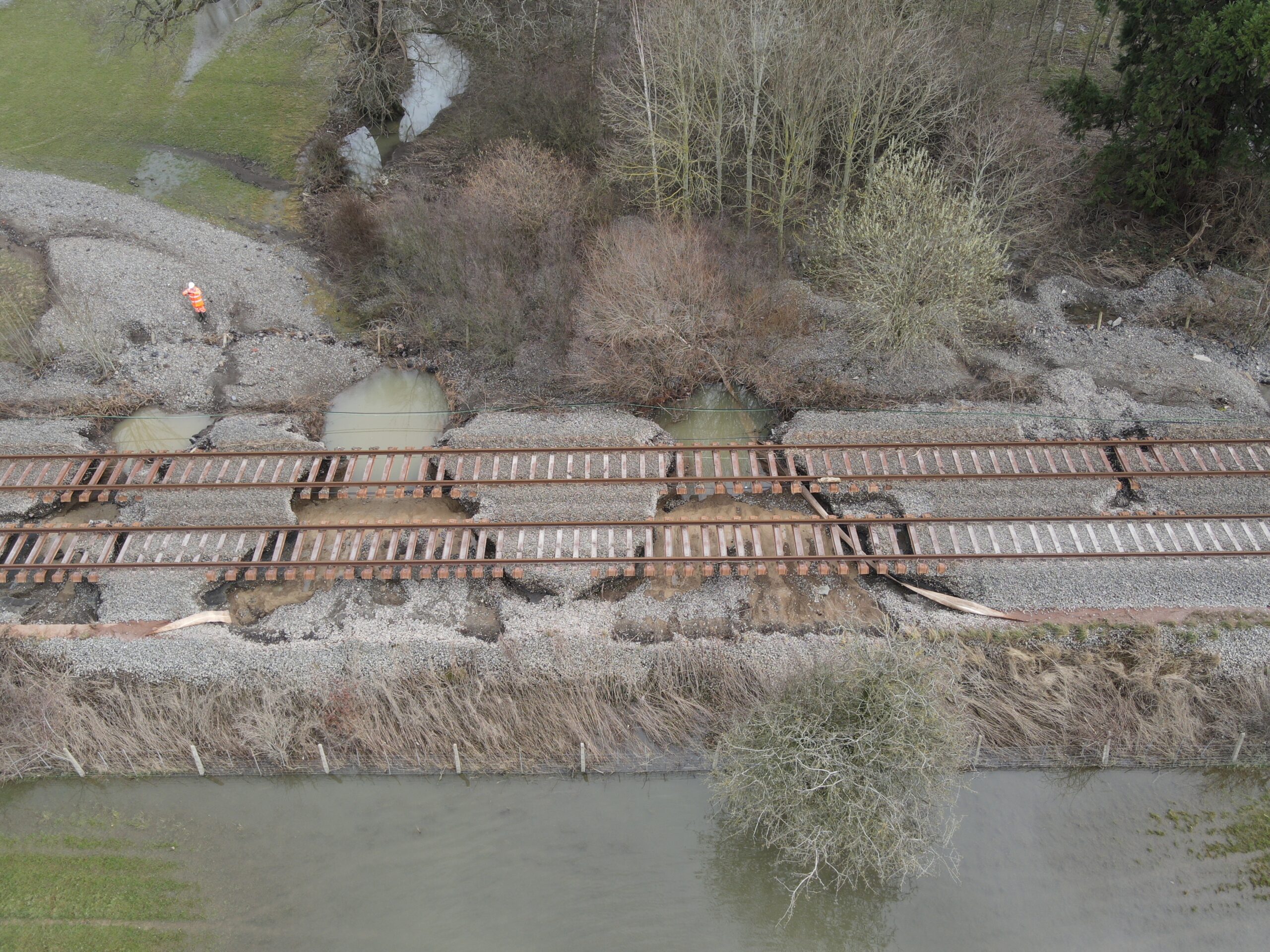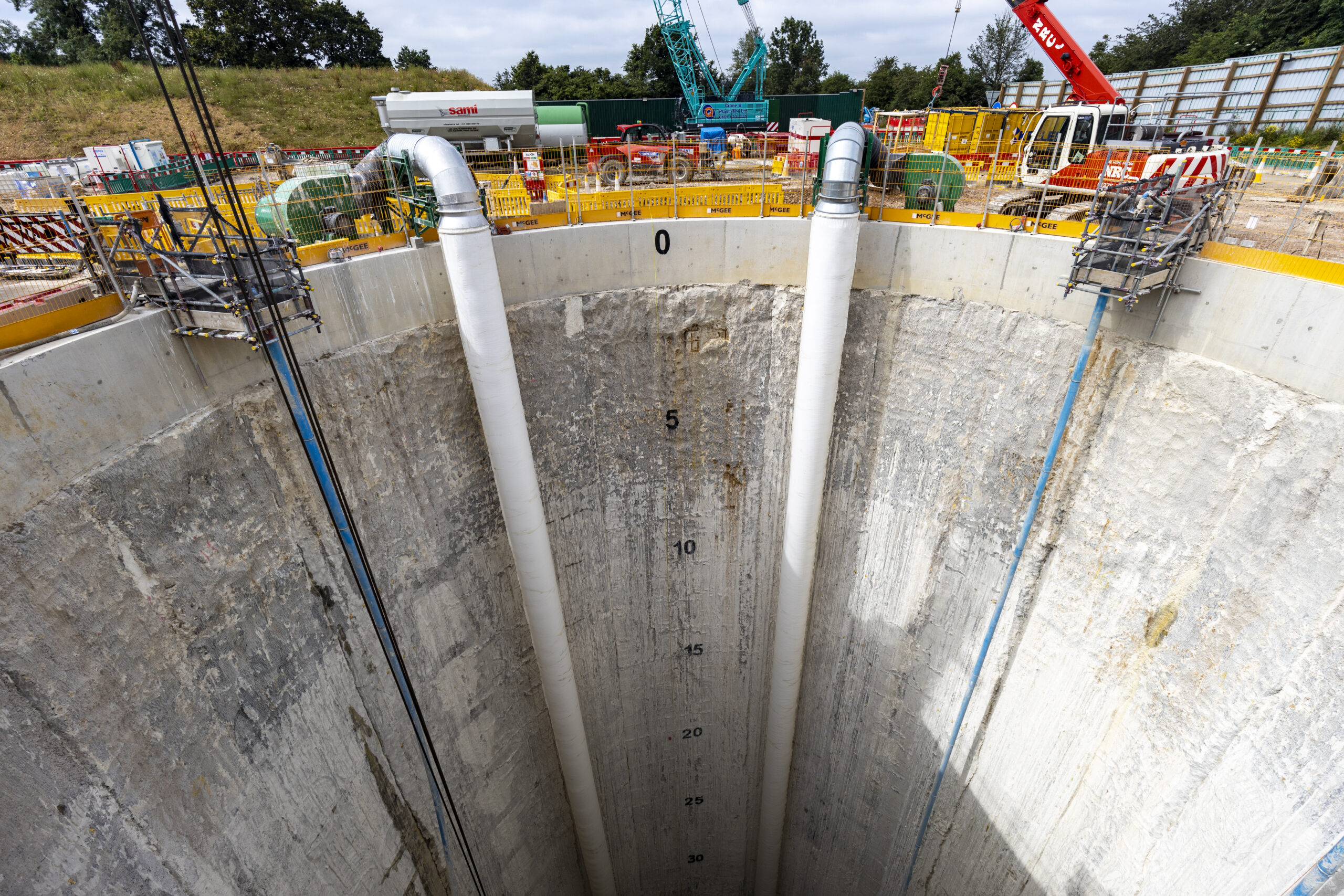The High Speed Rail Group (HSRG) has published a new report highlighting the role of HS2 and high-speed rail in general in reducing emissions and ultimately achieving net zero.
Entitled High Speed Rail: Net Zero Voices, the report includes contributions from politicians, businesspeople and environmentalists.
It notes that with road transport accounting for 67% of the transport sector’s greenhouse gas emissions and rail just 1.4%, a modal shift away from cars and planes towards rail will also have an important role to play in meeting net zero by 2050.
This would rely on a more attractive alternative to road and short-haul air travel, combined with sufficient capacity to accommodate a large scale move to train travel. The report states that high-speed rail provides exactly this.
It showcases the benefits of the High Speed Rail 1 (HS1) line for example, which runs between St Pancras International and the Channel Tunnel. Since it began operation, it has enabled 66 million GBP (78.9m euros | 87.04 USD) worth of environmental benefits from people choosing train travel over flying.
The document also states that a growing number of people view high-speed rail as an environmental pursuit as much as a transport and economic one.
All along the route contractors are focusing on low-carbon construction methods and employing more environmental professionals into their teams than ever before.
In her contribution to the report, Project Management Officer Anne-Sophie Duc Dodon discussed how Align Joint Venture has adapted and improved the design of its works to result in a carbon reduction of 28% for the Colne Valley Viaduct and a 36% reduction for the Chiltern Tunnels, compared to initial design.
Similarly, Breffni Quinlivan from the Skanska Costain STRABAG Joint Venture noted how the integrated project team has already achieved a 25% carbon reduction on the main works programme through measures including holistic carbon monitoring and adopting biofuel technology.
The company also introduced a new, more environmentally friendly piling technique.
Anne-Sophie Duc Dodon, Project Management Officer at the Align Joint Venture, said:Building major infrastructure projects is all about leaving a legacy: in architecture, in engineering and in skills. However, one legacy we do not want to hand down to future generations is a significant carbon footprint. This commitment is at the heart of HS2’s plan to achieve net zero carbon construction and operation from 2035.
The impact of HS2 construction upon nature is also being mitigated through a comprehensive restoration programme, the report highlights.
The Green Corridor along Phase One of the route is restoring and enhancing habitats on a mass scale by planting seven million new trees and shrubs – including more than 40 native species, and ensuring there are over 33 square kilometres of new and existing wildlife habitat and tailor-made homes for wildlife.

















